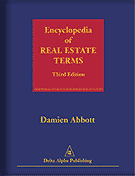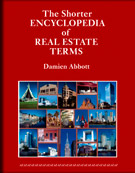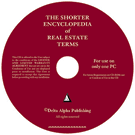
ISBN 978-0-9668946-4-6
£72.50/ US$115.00/ €87.00
Order securely online with

Subscribe
or take a 15-day Free trial

ISBN: 978-0-9668946-1-5
£15.00/ US$22.50/ €18.00
Order securely online with

ISBN: 978-0-9668946-2-2
Return to Real Estate Terms
licence by estoppel(Eng)A licence or, strictly, a form of proprietary estoppel that comes into existence when a licensee has taken action, especially one involving the expenditure of money on land, with the consent, encouragement or acquiescence of the landowner and, as a result, has been lead to believe that he may continue to exercise a privilege he has so gained (Ramsden v Dyson (1866) LR 1 HL 129, 170. The licensor "cannot revoke the licence so as to defeat the period or purpose for which it was granted. A court of equity will restrain him from so doing. Not only will it restrain him, but it will restrain any successor in title who takes the land with knowledge or notice of the arrangement that has been made", National Provincial Bank Ltd v Hastings Car Mart Ltd [1964] 1 Ch 665, 686, [1964] 1 All ER 688, 695 (CA). This situation may arise when a person is permitted to build on land with the understanding that he will be permitted to reside in the premises he constructs (Inwards v Baker [1965] 2 QB 29, [1965] 1 All ER 446 (CA); or when a person builds on land and encroaches on to his neighbour's land, but is given to understand by his neighbour that a wall of the building had been correctly placed on the boundary line (Hopgood v Brown [1955] 1 WLR 213, [1955] 1 All ER 550, (CA)). In such cases,the licensor may be considered to acquire more than a mere licence and it could be said that "some licences are indeed interests in land. The law on this point is still in the process of development, but it seems a new right in alieno solo [against another's land] has emerged …", Cheshire and Burn's Modern Law of Real Property (15th ed. 1994), pp. 605-6. Nonetheless, a licence by estoppel cannot be recorded against unregistered land, but is only protected by the doctrine of notice. On the other hand, in the case of registered land, it may be considered as a form of overriding interest and, as such, can be protected by registering a caution or notice. Also called a 'licence coupled with an equity'. See also constructive trust
Cheshire and Burn's Modern Law of Real Property(15th ed. 1994), pp. 595-606. Maudsley & Burn's Land Law: Cases and Materials (7th ed. 1998), pp. 565-615. I.C.F.Spry. The Principles of Equitable Remedies (5th ed. 1997), pp. 882-896. |
Terms in bold are defined elsewhere in the Encyclopedia —
more in the User Guide.
Return to the Sample Terms
